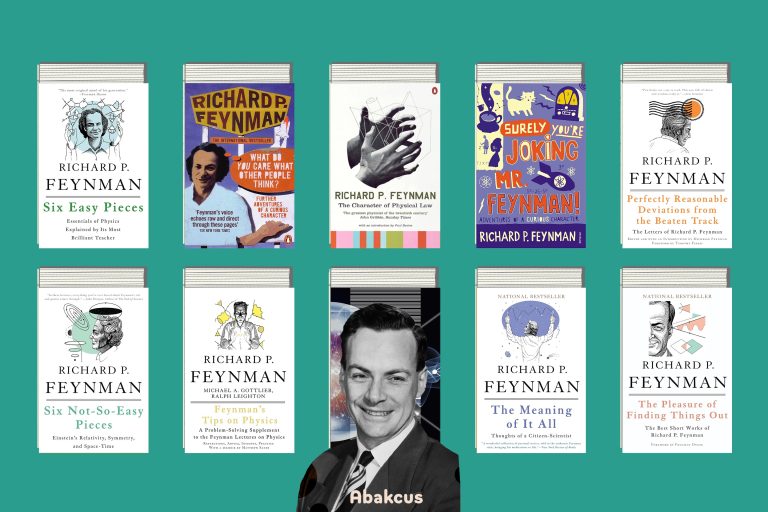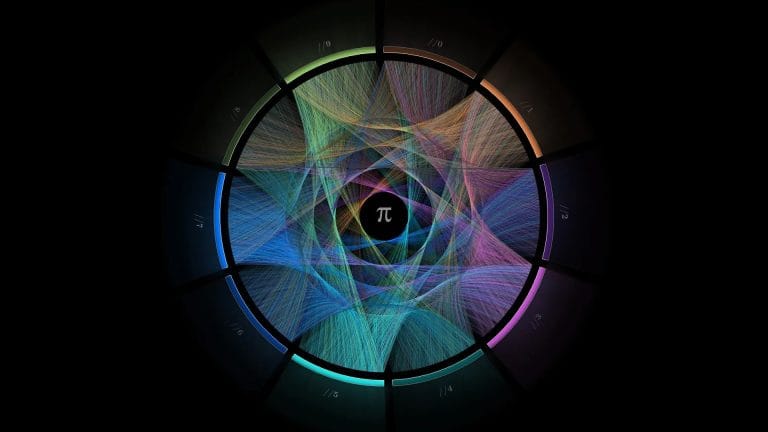If you’ve ever looked at a statistic in the news, read a scientific study, or tried to make sense of conflicting predictions — you’ve already stepped into the world of probability. But without the right tools, it’s easy to feel overwhelmed. What do those percentages really mean? How do we measure uncertainty? What separates a lucky guess from a meaningful forecast? That’s where the right books come in.
This post is your guide to the best books to understand probability — not just for academics, but for everyday thinkers. You don’t need to be a mathematician to grasp the fundamentals of chance, risk, and randomness. The books to understand probability I have curated here are written for curious people like you: readers who want clarity, insight, and real-world relevance.
Whether you’re a student, a data-driven professional, or just someone who wants to stop being intimidated by percentages and predictions, these books to understand probability will give you a fresh perspective. They cover everything from games to global events and personal decision-making — all without assuming you’ve taken a single statistics course.
So if you’ve been searching for the most accessible, insightful, and genuinely engaging books to understand probability, you’re in the right place.
Books to Understand Probability
The following books to understand probability are handpicked to help you make sense of randomness, risk, and decision-making in everyday life. Whether you’re just getting started or looking to deepen your understanding, these books to understand probability offer the perfect mix of clarity, insight, and real-world relevance.
Let’s explore the top titles that will sharpen how you see the world — one probability at a time.
The Drunkard’s Walk – Leonard Mlodinow
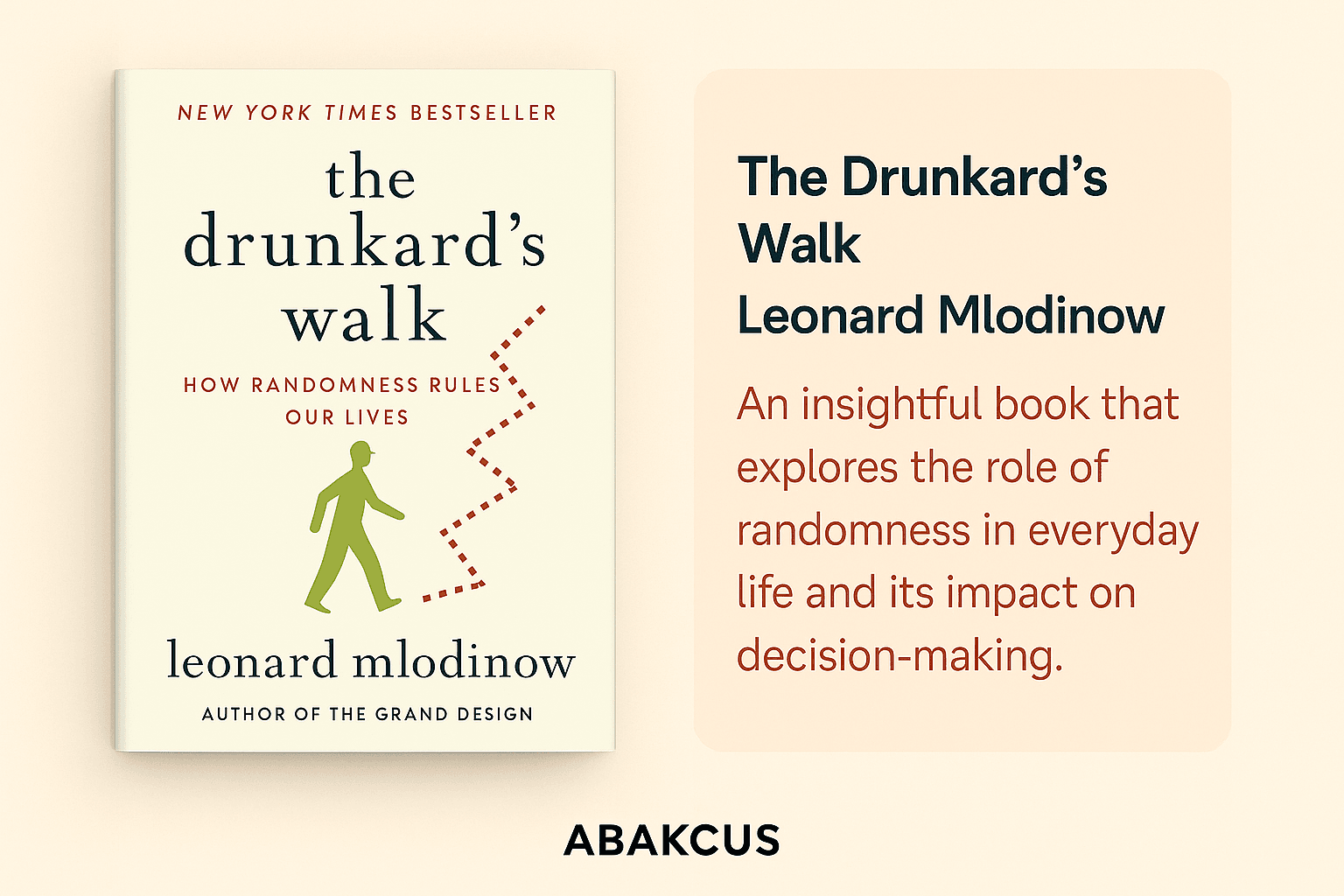
Anyone interested in understanding the role of chance in everyday life — especially those who have little mathematical background and want an intuitive, narrative-driven approach to probability. It’s ideal for readers who enjoy Malcolm Gladwell-style storytelling mixed with intellectual insight.
Core content and approach
In The Drunkard’s Walk, Leonard Mlodinow explores how randomness shapes our decisions, our successes, and the world around us. Rather than dwelling on abstract formulas or textbook-style examples, the book guides readers through real-world scenarios — from Las Vegas casinos and sports statistics to historical anecdotes and scientific discoveries. Mlodinow shows how our brains are poorly equipped to intuitively understand randomness, and how this gap often leads us to overestimate patterns, misinterpret luck, or incorrectly assign credit and blame.
The writing is breezy yet intelligent, making even nuanced concepts accessible. The author brings in historical figures like Laplace and Bayes, but without academic dryness — they appear as characters in a larger drama about how humanity learned to quantify uncertainty. What stands out most is Mlodinow’s ability to relate probability to the choices we make every day — job interviews, product success, education, and more.
Why it’s on this list?
Because it reframes probability from a cold mathematical tool to a powerful lens through which to understand reality. For readers who’ve always thought of math as detached from the “real world,” this book is a revelation. It’s not about solving equations — it’s about seeing differently. And few books achieve that as gracefully as The Drunkard’s Walk
If you’re searching for “probability books for beginners,” “randomness explained in everyday life,” or “how chance affects success,” Mlodinow’s book will transform how you think. No formulas required — just curiosity and an open mind.
In Pursuit of the Unknown – Ian Stewart
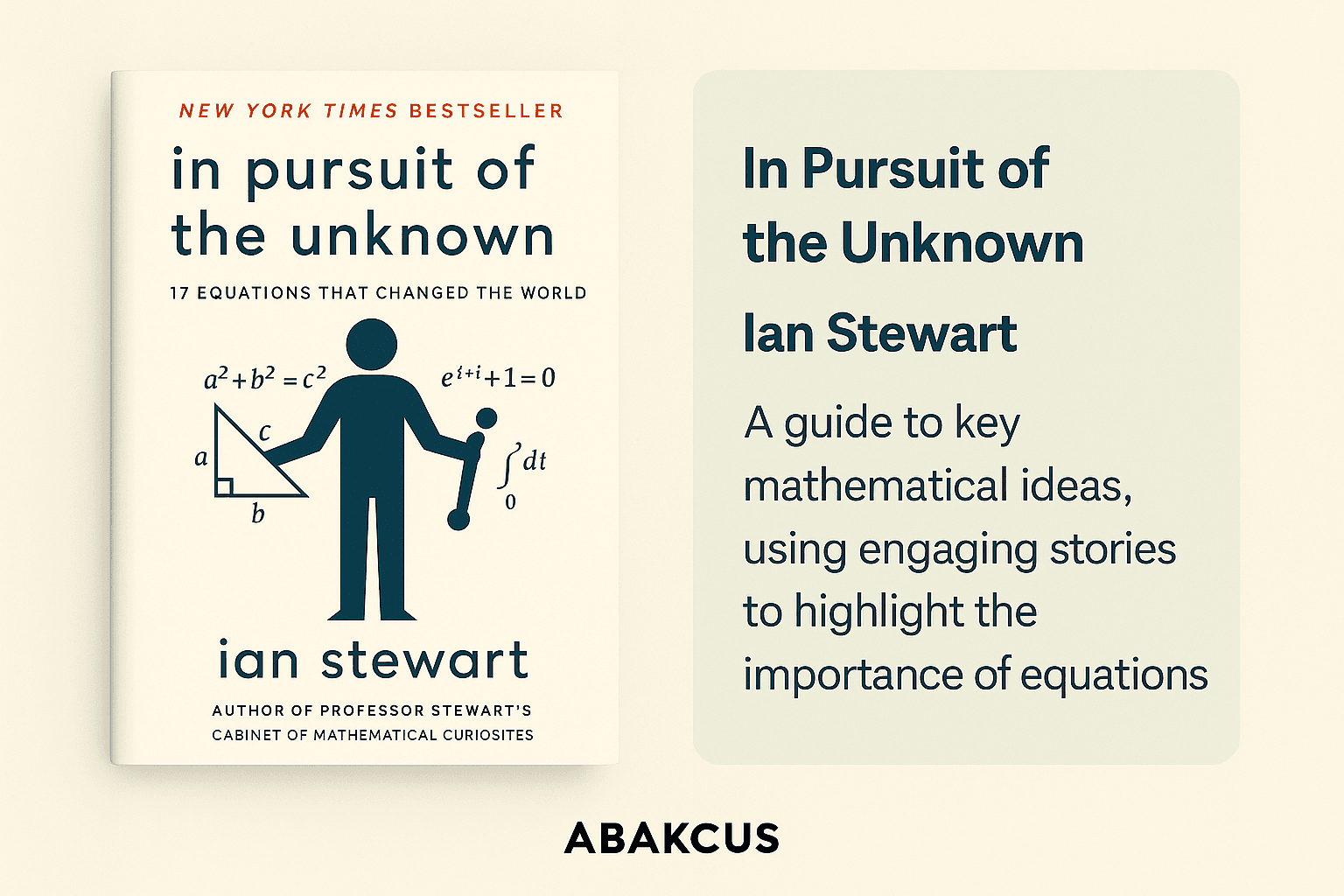
Readers who are fascinated by the deep ideas behind mathematics and want to understand how a few key equations — including those related to probability — have transformed the world we live in.
Core content and approach
Ian Stewart, one of the most accessible math communicators alive, walks the reader through 17 equations that shaped history. While many of these focus on physics or pure math, one of the stars of the book is Bayes’ Theorem — the backbone of modern probability reasoning.
Stewart doesn’t simply present equations; he contextualizes them with stories of scientific revolution, technological change, and philosophical upheaval. Bayes’ Theorem is explored not just as a formula, but as a radical shift in how we deal with uncertainty. Stewart shows how this equation underpins everything from spam filters and weather forecasts to medical testing and courtroom decisions.
His writing is precise but never pedantic. He makes the reader feel like a partner in discovery, rather than a passive learner. The historical and practical relevance of the equations gives the book an epic quality — as if you’re witnessing the moments where humanity bent the universe into something understandable.
Why it’s on this list
Because it helps readers understand that probability isn’t just about dice and cards — it’s about how we update our beliefs and make informed decisions in a world full of noise. And because Stewart is uniquely talented at turning dense material into thrilling reading.
If you’ve ever typed “Bayes theorem for non-mathematicians,” “important math equations in history,” or “why probability matters today,” this book will deliver both answers and perspective.
Naked Statistics – Charles Wheelan
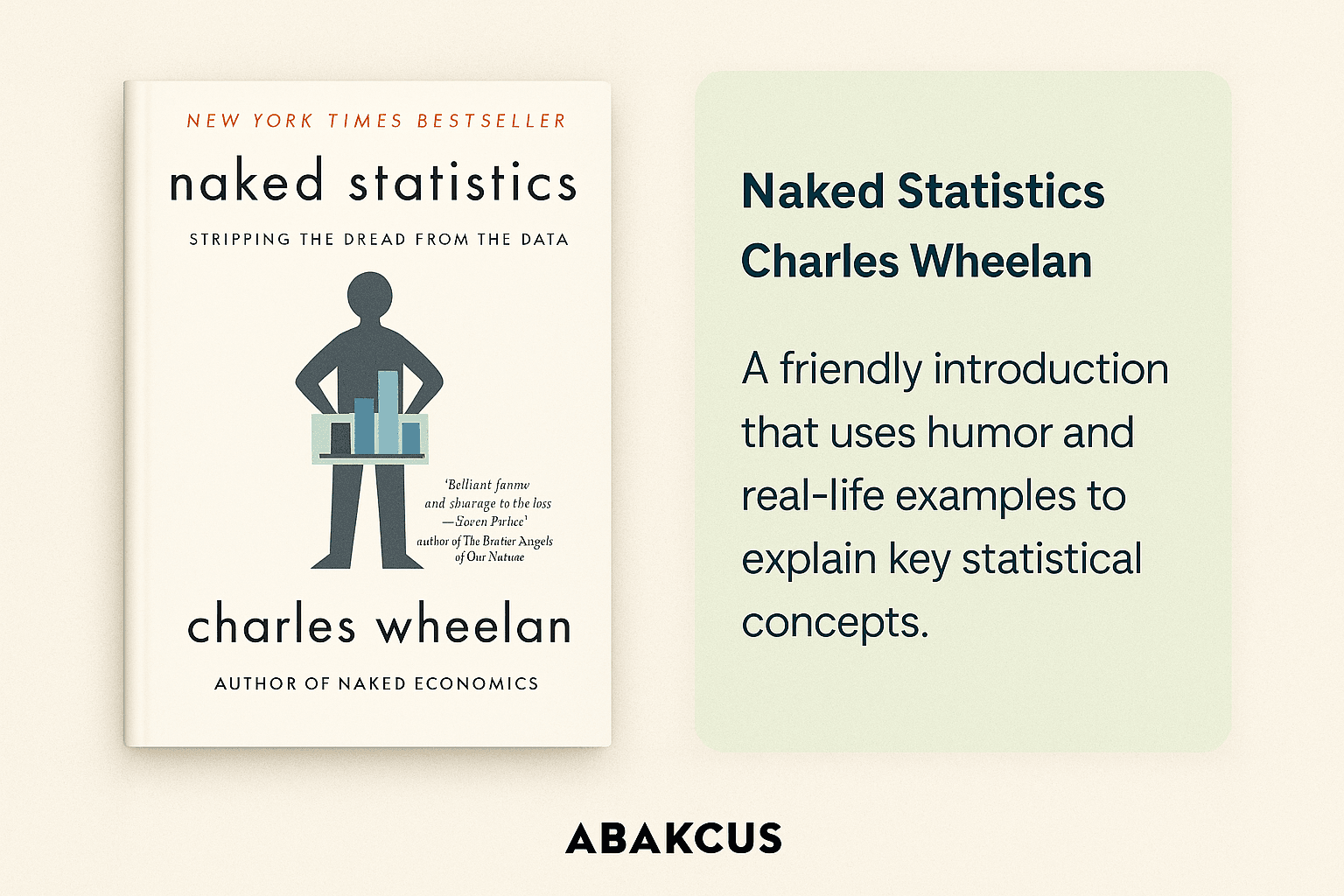
Those who want to build a solid foundation in statistics and probability but feel intimidated by formulas. Ideal for self-learners, liberal arts students, journalists, policymakers, or anyone aiming to be data-literate without needing a math degree.
Core content and approach
Naked Statistics is Charles Wheelan’s witty, accessible guide to the fundamentals of statistics, all wrapped in a conversational tone. The book walks you through essential concepts like probability distributions, standard deviation, regression, correlation, sampling, and inference — but it does so using practical examples drawn from baseball, politics, healthcare, and daily life.
Wheelan understands that fear of math is real, and instead of pretending otherwise, he leans into it with empathy and humor. Each chapter builds on the previous one without overwhelming the reader, creating a natural progression of understanding. You never feel like you’re in a classroom — it feels like a smart friend is walking you through how the world works.
The chapters also include surprising revelations, such as how Netflix’s recommendation system relates to eigenvectors, or how understanding confidence intervals could mean the difference between sound medical advice and statistical nonsense. Throughout, Wheelan emphasizes not just what statistics are, but why they matter: to make better decisions, to avoid being misled, and to interpret the chaos of the modern world.
Why it’s on this list
Because it replaces intimidation with intuition. Wheelan opens the doors of statistical thinking to anyone, turning an often anxiety-inducing subject into a tool of empowerment. His analogies are sharp, his writing is punchy, and his mission is clear: statistics belong to everyone.
Looking for “best beginner statistics book,” “statistics without formulas,” or “how to understand data for decision-making”? Naked Statistics delivers clear, relevant insight with zero fluff and maximum clarity.
How Not to Be Wrong – Jordan Ellenberg

Anyone who wants to see how math — especially probability — can be used to make better decisions in everyday life, without needing technical training. This book is a great fit for readers who enjoy clear, witty writing and want to sharpen their thinking without diving into dense formulas. It’s perfect for professionals, students, and lifelong learners who want to see how mathematical logic applies to real-world dilemmas.
Core content and approach
Jordan Ellenberg’s central thesis is that mathematics is a way of thinking — not just calculating. How Not to Be Wrong uses engaging examples to show how probabilistic reasoning and statistical insights can prevent costly mistakes. The book spans a wide range of topics: from political polling errors and lottery odds to medical false positives and the pitfalls of statistical significance.
One of Ellenberg’s strengths is his ability to connect abstract mathematical ideas to popular culture and policy debates. He explains why some intuitive conclusions are completely misleading, and how mathematical models, when misused or misunderstood, can lead to damaging consequences. For instance, the book unpacks the subtle dangers of p-hacking in scientific research, and how survivorship bias led military engineers in WWII to reinforce the wrong parts of returning aircraft.
Ellenberg also addresses Bayesian thinking, correlation vs. causation, the law of large numbers, and regression to the mean — but always with storytelling and metaphors that make complex ideas digestible. Whether he’s analyzing tax policy or explaining why you shouldn’t buy lottery tickets, his goal is the same: to help readers apply mathematical clarity to messy, everyday problems.
Why it’s on this list
Because this book doesn’t just teach math — it changes how you think. Ellenberg equips readers with a “mathematical lens” to spot logical fallacies, detect misleading claims, and challenge assumptions. His writing balances depth with accessibility, humor with seriousness. It’s rare for a math book to feel like a page-turner, but Ellenberg pulls it off.
In a world full of misinformation, flawed headlines, and pseudoscience, How Not to Be Wrong is a toolkit for intellectual self-defense. It empowers readers not only to avoid errors in judgment, but to become clearer, more rational thinkers in all aspects of life.
If you’re Googling “how math helps in life,” “real-life uses of probability,” or “books that make you smarter with numbers,” Ellenberg’s is the definitive answer. It’s not just a book about math — it’s a survival manual for thinking clearly in a noisy world.
The Art of Statistics – David Spiegelhalter

Anyone trying to become a smarter consumer of data — whether in media, healthcare, education, or public policy. It’s perfect for people who encounter statistics in their daily lives and want to go beyond surface-level interpretation to truly understand what the numbers mean. Great for students, professionals, and anyone interested in thinking more critically about data-driven claims.
Core content and approach
David Spiegelhalter, a renowned statistician and communicator of risk, structures this book not as a statistics class, but as a deep dive into how to think clearly about data. He doesn’t just explain the math — he explains the why behind the math. Rather than teaching you how to plug numbers into formulas, he teaches you how to ask the right questions and interpret results with wisdom and caution.
The book covers statistical distributions, sampling, hypothesis testing, data visualization, correlation and causation, Bayesian reasoning, and much more. But what sets it apart is its insistence on context. Spiegelhalter argues that no data is neutral — how it’s collected, presented, and analyzed always involves judgment. He walks through public controversies and real-world cases to show how misinterpretation can lead to misinformed decisions.
His tone is calm and rational, yet deeply engaging. He writes with clarity, humility, and a sharp sense of how statistical tools can both empower and mislead. The examples range from medical studies and social science research to COVID-19 dashboards and media headlines. You’ll come away with a strong ability to separate noise from signal, and hype from reality.
Why it’s on this list
Because it teaches statistical literacy in a time when the world desperately needs it. Spiegelhalter gives readers the tools not just to understand data, but to challenge it, to contextualize it, and to make decisions based on reason rather than fear. This isn’t just a stats book — it’s a survival guide for navigating modern life.
If you’re searching “learn stats without math,” “make sense of risk,” or “how to interpret data,” this book will serve as a guiding light. Spiegelhalter offers not formulas, but clarity — the kind that protects you from being fooled by numbers.
Taking Chances – John Haigh

People who want to understand probability through everyday examples: gambling, sports, lotteries, and games. Ideal for those who learn best when abstract concepts are tied to real-world applications — especially those who enjoy mental puzzles and practical problem solving.
Core content and approach
John Haigh approaches probability by grounding it in familiar contexts: coin tosses, card games, football matches, lotteries, and TV game shows. But don’t be fooled — beneath the playful examples lies a solid mathematical framework. Haigh introduces key ideas like expected value, independence, conditional probability, and decision-making under uncertainty. He also walks readers through famous probability puzzles and paradoxes that challenge intuition, like the Monty Hall problem.
One of the book’s biggest strengths is its accessibility without oversimplifying. Haigh explains probability in a conversational but precise tone. He anticipates common misconceptions and builds up complexity gradually, making it easy for motivated readers to follow along. Topics such as risk assessment, randomness, and strategic betting are explored in ways that are both intellectually satisfying and practically useful.
The examples aren’t just gimmicks — they’re windows into how probability plays out in finance, health, and public policy. By analyzing everyday scenarios, Haigh helps readers internalize probabilistic thinking and apply it beyond games. Whether you’re trying to understand betting odds, analyze investment risk, or simply make better guesses about everyday life, this book builds those muscles.
Why it’s on this list
Because it demystifies probability through entertainment — then turns that entertainment into insight. Haigh teaches readers how to think like a statistician using nothing more than curiosity and real-world play. It’s one of the rare books that manages to be fun and rigorous at the same time.
If you’re searching for “real world probability,” “math of gambling,” or “understand lottery odds,” Haigh’s got your back. Taking Chances turns everyday decisions into lessons in logic and chance — and makes learning them a pleasure.
The Signal and the Noise – Nate Silver

Those interested in prediction, uncertainty, and why most forecasts fail — from elections and climate change to finance and sports analytics. Perfect for readers who want to go beyond surface-level stats and understand the deeper principles behind probabilistic modeling.
Core content and approach
Nate Silver, founder of FiveThirtyEight and a well-known political forecaster, argues that the biggest challenge in the data age isn’t having too little information — it’s having too much. The key is learning how to distinguish meaningful patterns (the signal) from misleading background noise. And the way to do that is through statistical reasoning, particularly Bayesian thinking.
In this book, Silver walks through a wide range of real-world forecasting domains: predicting terrorist attacks, assessing economic indicators, forecasting earthquakes, and evaluating baseball stats. He draws on both historical and contemporary examples, examining what went wrong — and occasionally right — in our attempts to foresee the future.
Central to his approach is the concept of updating our beliefs in the face of new evidence — a hallmark of Bayesian reasoning. Silver doesn’t shy away from complexity, but he also avoids drowning the reader in jargon. Instead, he delivers a clear-eyed, balanced view of what makes a good forecast, and why humility and uncertainty are crucial elements of it.
Silver’s writing is thoughtful and measured, with a journalist’s gift for storytelling and a statistician’s respect for nuance. He critiques overconfidence in models, misuse of data, and the illusion of certainty that often plagues both media and expert communities.
Why it’s on this list
Because it brings probabilistic thinking into the spotlight. Silver shows that probability isn’t just about calculating odds — it’s about managing uncertainty, adapting to changing conditions, and making more informed predictions. In an age where everyone seems to have a model, this book is a masterclass in knowing what makes one actually useful.
If you’ve ever searched “Bayesian reasoning explained,” “how to make better predictions,” or “data and uncertainty,” this book will deliver the insights you need. The Signal and the Noise doesn’t just explain prediction — it teaches you how to think in probabilities like a pro.
A First Look at Rigorous Probability Theory – Jeffrey S. Rosenthal

Advanced learners ready to move from intuitive understanding to a formal, rigorous treatment of probability theory. Ideal for students preparing for graduate studies in statistics, mathematics, machine learning, or economics — or autodidacts looking for a deep challenge.
Core content and approach
Rosenthal’s book serves as a bridge between accessible, popular treatments of probability and the more demanding academic texts used in university-level probability courses. It starts with the foundations: probability spaces, sigma-algebras, and random variables, and builds up to expectations, independence, distributions, and various modes of convergence.
What makes this book stand out is how it maintains clarity while delving into abstract concepts. Rosenthal explains measure theory in a way that respects the reader’s intelligence but also supports them with intuitive examples and step-by-step development. The tone is patient and methodical — you never feel rushed, even when dealing with tough material.
The second half of the book explores deeper ideas like conditional expectations, Borel-Cantelli lemmas, and laws of large numbers. Each chapter includes proofs, exercises, and explanations designed to strengthen understanding, not just memorize theorems. Though the material can be demanding, it’s presented with enough structure to be manageable by motivated self-learners.
Why it’s on this list
Because it marks the natural progression for anyone who’s mastered the intuition of probability and now wants the mathematical structure that underlies it. It’s the rare “rigorous” book that’s also readable, and for many, it opens the door to research, modeling, and deeper mathematical fluency.
Searching for “rigorous probability theory book,” “measure theory introduction,” or “next step after intuitive probability”? Rosenthal’s guide is a cornerstone text — accessible, logical, and empowering for the mathematically curious.
Probability Tales – Grinstead & Snell

Readers who love stories, puzzles, and intuitive learning. It’s perfect for students, teachers, and intellectually curious readers who prefer to explore mathematical ideas through narrative, rather than raw theory. Also ideal for use in classrooms, math circles, or independent study groups.
Core content and approach
Probability Tales combines storytelling and mathematics into a hybrid form of pedagogy that makes even abstract probability topics feel immediate and compelling. The book doesn’t just tell you what probability theory is — it shows you what it feels like in action, often through surprising, real-life, or imagined scenarios.
Each chapter focuses on a classic or quirky probabilistic idea, often introduced through a story or anecdote — such as the infamous Monty Hall problem, or the odds of surviving a parachute failure. The narrative format lowers the barrier to entry, helping readers build an intuitive grasp of concepts before formalizing them.
Core topics include Bayes’ Theorem, Markov chains, expected value, simulations, and paradoxes. The book provides puzzles, simulations, and occasional programming examples that invite readers to engage actively with the material. It’s particularly good at demonstrating how probability applies not just in games of chance, but in everything from legal reasoning to genetics to economics.
Grinstead and Snell are known for their clear, engaging teaching style, and it shows throughout. While the book is not as “rigorous” as academic texts, it delivers a memorable, experience-based path to understanding.
Why it’s on this list
Because stories are sticky — and this book knows it. By embedding theory within tales and thought experiments, Probability Tales offers one of the most effective ways to internalize difficult ideas. It doesn’t just teach — it entertains, provokes, and challenges the reader to think deeply while having fun.
Try searching “learn probability with stories,” “fun math books,” or “Bayesian thinking through real examples.” You’ll land here. Probability Tales is one of the best books for turning abstract math into real insight — all through the power of narrative.
Freakonomics – Steven Levitt & Stephen Dubner

Those who enjoy surprising insights and want to learn how data, incentives, and probability explain the hidden workings of everyday life. Especially recommended for readers who don’t think of themselves as “math people,” but are curious about how numbers reveal deeper truths in society.
Core content and approach
Freakonomics is a cultural phenomenon, and for good reason. It blends storytelling, economics, and statistical reasoning to uncover hidden incentives and unexpected correlations in daily life. The authors tackle bizarre but fascinating questions: What do schoolteachers and sumo wrestlers have in common? Why do drug dealers live with their moms? Can your name determine your success?
While not a textbook on probability per se, the entire book is driven by probabilistic thinking — especially the mindset of questioning assumptions, analyzing patterns in data, and drawing conclusions based on correlation, causation, and incentive structures. Levitt and Dubner emphasize critical thinking and intellectual curiosity, showing how even the most surprising results often emerge from careful data analysis.
The tone is playful, provocative, and occasionally irreverent — making it one of the most accessible books on this list. The authors guide the reader to become a better question-asker and truth-digger. And through their investigations, the logic of probability — especially conditional probability and statistical inference — is always close beneath the surface.
Why it’s on this list
Because it inspires people to think differently. Even without formal probability lessons, Freakonomics teaches you to look for unseen forces, ask better questions, and challenge narratives. It’s the book that turns a curious mind into a critical thinker, which is exactly what probabilistic reasoning is all about.
Look up “how to think like an economist,” “fun data books,” or “data-driven decision making for beginners” — and this title is always on top. Freakonomics is the gateway drug to probability without ever needing to mention Bayes or a formula.


